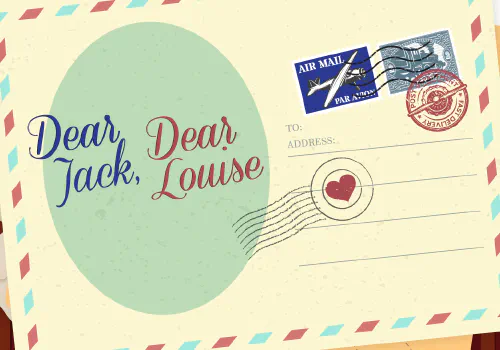NOTE: The articles in these study guides are not meant to mirror or interpret any particular productions at the Utah Shakespeare Festival. They are meant, instead, to be an educational jumping-off point to understanding and enjoying the play (in any production at any theatre) a bit more thoroughly. Therefore the stories of the plays and the interpretative articles (and even characters at times) may differ from what is ultimately produced on stage.
Also, some of these articles (especially the synopses) reveal the ending and other “surprises” in some plays. If you don’t want to know this information before seeing the plays, you may want to reconsider studying this information.
Richard, the duke of Gloucester, and the brother of King Edward IV, gleefully plots to seize the throne–saying that since the Wars of the Roses are over, he, not being fitted for love, is determined to prove a villain. He tells of his plans in the famous soliloquy that begins “Now is the winter of our discontent / Made glorious summer by this son of York,” (1.1.1-2) and which refers to the success of his brother Edward, duke of York, who has overthrown Henry VI of Lancaster and taken the English throne. Now weak and ill, Edward rules England and Richard wants the crown.
In the streets, Richard halts the procession accompanying the casket of the murdered King Henry VI. Over Henry’s coffin Lady Anne Neville, daughter-in-law of Henry and wife of Prince Edward who Richard also had murdered, curses Richard, but is wooed so dazzlingly by him that she agrees to be his bride. On the other hand, Margaret of Anjou, widow of Henry VI, never capitulates to his wiles but rather condemns him and his cohorts, hissing a fatal curse upon them.
Richard’s next step is to cause the murder of his older brother, the duke of Clarence and the next in line for the throne. Then, after the ailing King Edward dies, Richard sends the dead king’s two sons to the Tower, supposedly to better protect them. After an easy manipulation of London’s political leaders, an even simpler exploitation of the clergy, and a clever planting of insinuations regarding the bastardy of Edward IV and his children, Richard ascends to the throne as Richard III. His first act as king is to manipulate the murders of the two young boys. He then rids himself of his wife and plans to solidify his claim to the throne by marrying Edward’s widow.
With the murder of the two boy princes confirmed, Richard complacently meditates on the deeds he has performed to secure the throne, but his thoughts are interrupted by news that his most faithful ally, Buckingham, angered at the murders of the two princes and at Richard’s false dealings with him, has fled.
Having cut a cruel swath of blood, Richard now finds himself followed by only a few supporters. He is condemned by his own mother, as well as by the former queens. He has alienated everyone around him, including his most trusted and loyal advisor, Buckingham. He has designed his own destiny, while the exiled Henry Tudor, earl of Richmond and a Lancastrian, has raised an army and is nearing the west coast of Britain. Yet, in one final ruthless act, Richard captures his former friend Buckingham and has him beheaded.
The final battle scene has been set: former allies have turned against Richard to join forces with Richmond who has landed and is marching inland to claim the crown. As the warriors sleep on the eve of the battle, the ghosts of all those whom Richard has slaughtered return to condemn him and to hearten Henry Tudor, who has become the aspiring king-to-be, while Richard is the disheveled, disorganized, and disoriented tyrant. Henry Tudor’s forces defeat Richard’s army at the Battle of Bosworth Field wherein Richard utters the famous (but historically suspect) cry: “A horse, a horse! my kingdom for a horse!” (5.4.7) as his mount is slain during the battle. Henry Tudor finally slays Richard, exclaiming “the bloody dog is dead” (5.5.2). Accepting the crown as Henry VII, he proposes to marry Elizabeth of York, thus uniting the white rose (the Yorkists) and the red rose (the Lancastrians) and commencing the mighty Tudor reign.









